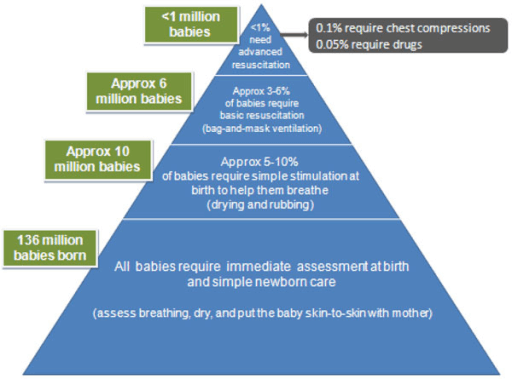Community-Acquired Pneumonia (CAP) is a common respiratory infection that affects individuals outside of healthcare facilities. It remains a significant cause of morbidity and mortality worldwide, especially among vulnerable populations such as the elderly, children, and those with compromised immune systems.
As a nurse, delivering comprehensive, evidence-based care for patients diagnosed with CAP is crucial in promoting recovery and preventing complications. This guide outlines key nursing care strategies and interventions to ensure optimal outcomes for patients with CAP.
🩺 Assessment and Monitoring
The initial step in caring for a patient with CAP involves a thorough assessment:
- Gather a detailed health history
- Perform a focused physical exam (including lung auscultation)
- Monitor for classic symptoms: cough, fever, dyspnea, and pleuritic chest pain
Diagnostic Monitoring Includes:
- Chest X-ray
- CBC with differential
- Sputum cultures
- Oxygen saturation (SpO₂) monitoring
- Vital signs: temp, HR, RR, BP
🔄 Pro Tip: Rapid changes in respiratory rate or O₂ saturation can signal deterioration—report immediately.
💨 Oxygen Therapy
Respiratory distress is common in CAP. Administer supplemental oxygen as prescribed, and monitor:
- SpO₂ levels (target: ≥ 92% unless otherwise indicated)
- Work of breathing
- ABG results (if applicable)
Key Nursing Interventions:
- Ensure correct delivery device (nasal cannula, face mask, etc.)
- Reassess oxygen needs frequently
- Encourage deep breathing and incentive spirometry
💊 Medication Administration
Antibiotics:
- Administer antibiotics promptly and on schedule
- Monitor for adverse effects (rash, GI upset, allergic reactions)
- Educate patients on completing the full course
Antipyretics & Bronchodilators:
- Manage fever and inflammation
- Albuterol or ipratropium may be used for airway constriction
📘 For more support: Top 25 NCLEX Nursing Mnemonics
🧘 Pain Management
Patients may experience chest pain, muscle soreness, or general discomfort. Assess pain using a validated pain scale and intervene accordingly.
Pharmacologic Interventions:
- Administer analgesics as ordered (e.g., acetaminophen)
Non-Pharmacologic Support:
- Positioning to ease breathing (semi-Fowler’s)
- Relaxation or breathing techniques
✅ Pain control improves breathing effort and cough effectiveness.
🫁 Respiratory Support
Severe cases of CAP may require additional respiratory interventions:
Nursing Tasks:
- Monitor respiratory effort and lung sounds
- Administer nebulized bronchodilators
- Collaborate with RT for mechanical ventilation (if needed)
📘 Related: Types of NCLEX Respiratory Questions
💧 Hydration and Nutrition
Encourage fluid intake to help thin secretions and support recovery.
Collaborate with a dietitian for nutrition support in patients with:
- Poor appetite
- Swallowing difficulty
- Comorbid conditions like diabetes
Monitor:
- I&O
- Weight trends
- Electrolytes
- Signs of dehydration (dry mucous membranes, low urine output)
🏃 Mobilization and Activity
Early ambulation promotes lung expansion and prevents atelectasis:
- Encourage sitting up in bed, walking to the chair
- Coach deep breathing and incentive spirometry
- Document tolerance and progress
🚶 Movement also helps prevent DVTs and improves appetite.
🧠 Education and Discharge Planning
Patient education is critical for:
- Understanding the illness and treatment plan
- Adherence to antibiotic regimens
- Identifying red flags (e.g., high fever, confusion, worsening cough)
Include:
- Smoking cessation resources
- Home oxygen guidelines (if applicable)
- Community support referrals (home health, transportation, etc.)
📘 Suggested resource: NCLEX Study Tips That Actually Work
✅ Conclusion
Nursing care for CAP demands a holistic, patient-centered approach. By:
- Performing ongoing assessments
- Managing oxygenation and medication adherence
- Supporting nutrition, comfort, and mobilization
- Educating and planning for discharge
…you can significantly impact recovery, prevent complications, and promote long-term health.
👉 For more evidence-based care plans and resources, explore GoodNurse.com.







